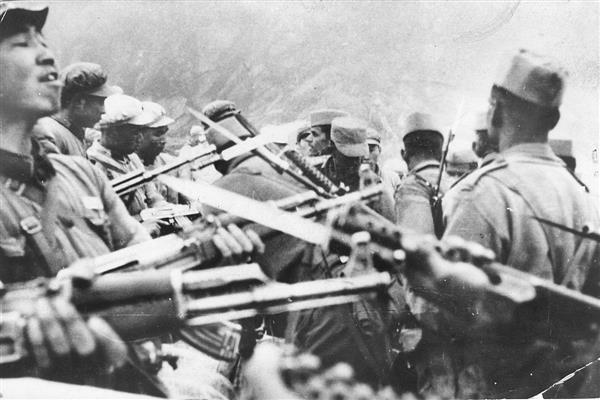
File photo
Maj Jagat Singh (retd)
During the 1962 War, there was an acute shortage of war equipment, clothing and ammunition with the Indian Army. I was posted with 7 Infantry Brigade, which was located at Tawang under 4 Infantry Division. It took me two days and two nights to reach my destination from the Misamari railway station. My first halt was at Tenga Valley and the second with 1 Sikh at Dirang, where I met Lt Col Mehta, Commanding Officer of the battalion, and Sub Joginder Singh. Both attained martyrdom during the war. The journey from Dirang to Nuranang, crossing the snow-clad Sela Pass, was very tough. I had to walk behind a mule with its tail in my hand. The next night was spent at Nuranang in a mule shed, with soldiers shivering due to inadequate clothing and heating arrangements. The next day, I reached Tawang and stayed in a bamboo hut.
In the vast hilly terrain, the area of responsibility of the brigade was from the foothills to the Dhola Post, beyond Tawang. I used to accompany the Commander, Brig JP Dalvi, to the Corps HQ from Tawang to Tejpur.
Our troops made a strong beginning when the Chinese crossed Namka Chu Valley to the south of Thag La Ridge. Alfa Company of 9 Punjab killed 77 Chinese soldiers. Company Commander Major MS Choudhary was killed in the operation. The brigade troops were forced by high-ups to attack and take over the nearby disputed area of the ridge; our brigade’s Major Rex Kharbanda resisted, knowing well the strategic position of both sides.
On October 20, China attacked Indian posts on the southern bank of Namka Chu river that resulted in a huge toll for 2 Rajput and other battalions. We expected Chinese forces to cross via one of the bridges over the river and decided to defend those crossings. The PLA bypassed our posts near the bridges by fording the river.
In the wee hours, the Chinese infantry launched a surprise attack from the rear and forced our troops to leave the trenches. Our troops retreated into Bhutan. I was privy to Brig Dalvi and commanding officers being captured by the PLA and made POWs. After reorganising for a week, the PLA started the war’s second phase.
In the first week of November, 1962, I was appointed Officer Commanding (OC Rear) of the brigade in the foothills. The remnants of the brigade started arriving at the rear location.
Later, the Brigade Major and the District Assistant Army Quartermaster General were received by me; they had lost their way during the initial attack at Dorangra Camp on the Bhutan border. Their clothes were torn and they were not keeping well. It was a homecoming for them. We, the survivors of the war, were all in tears.
Join Whatsapp Channel of The Tribune for latest updates.



























